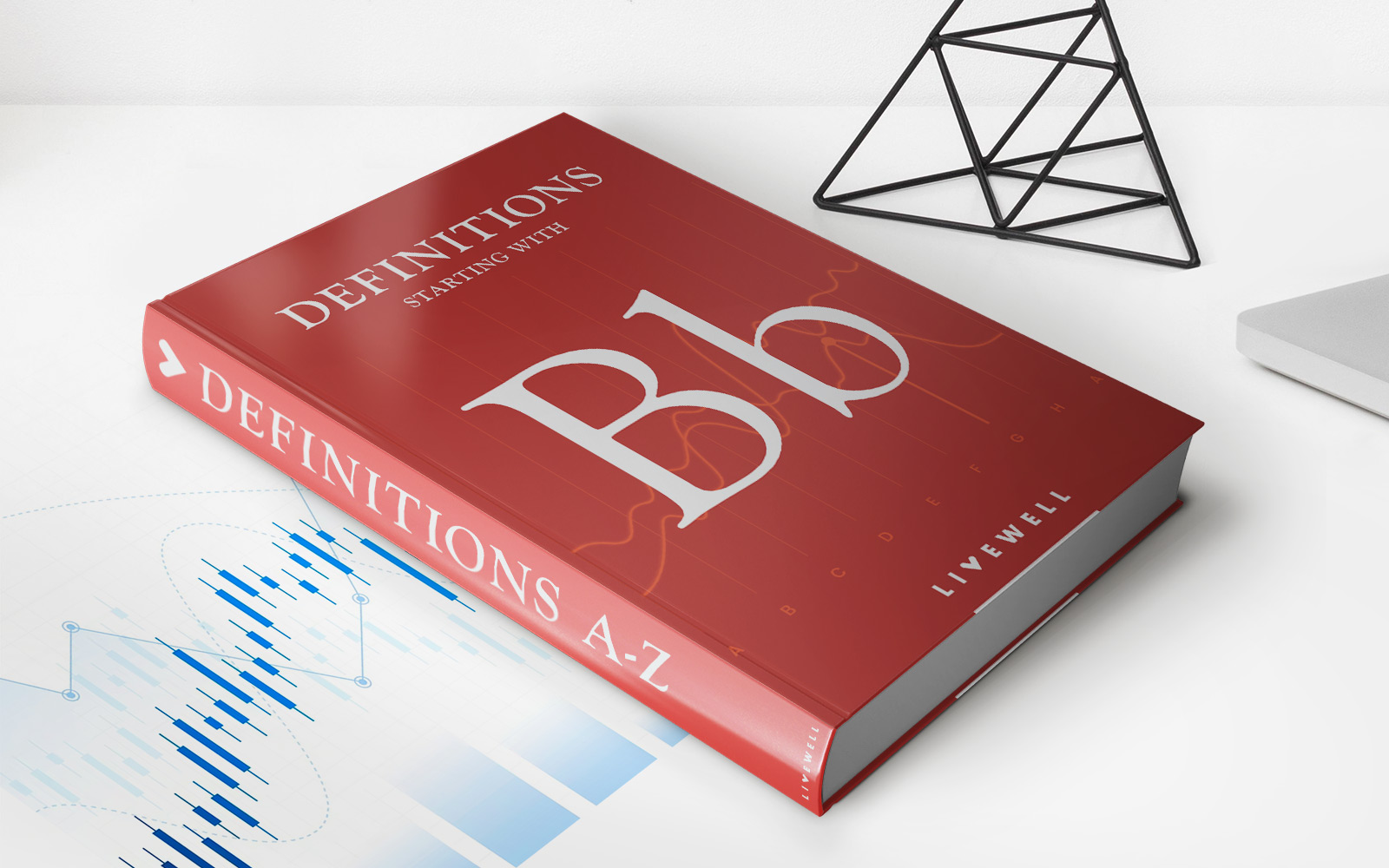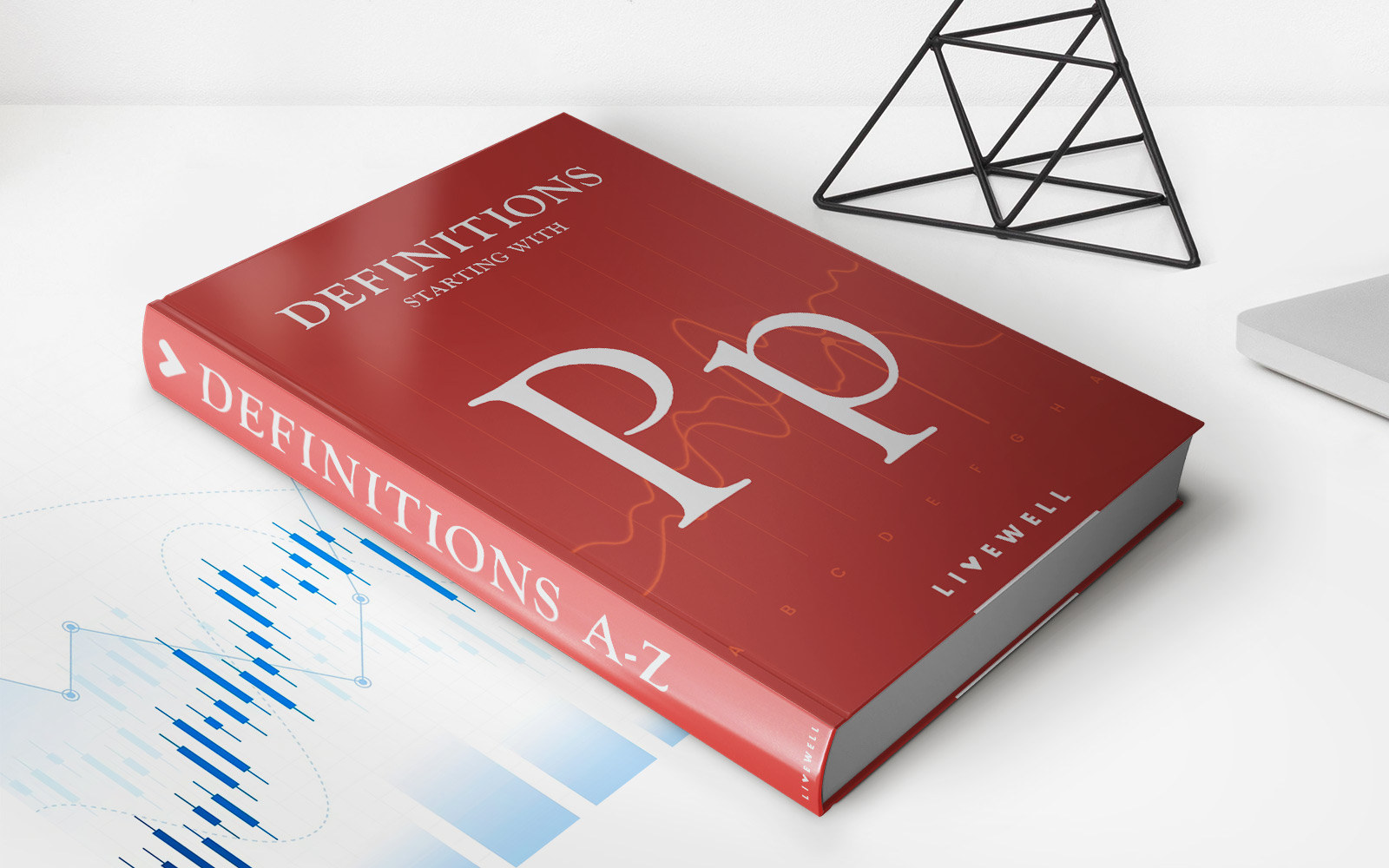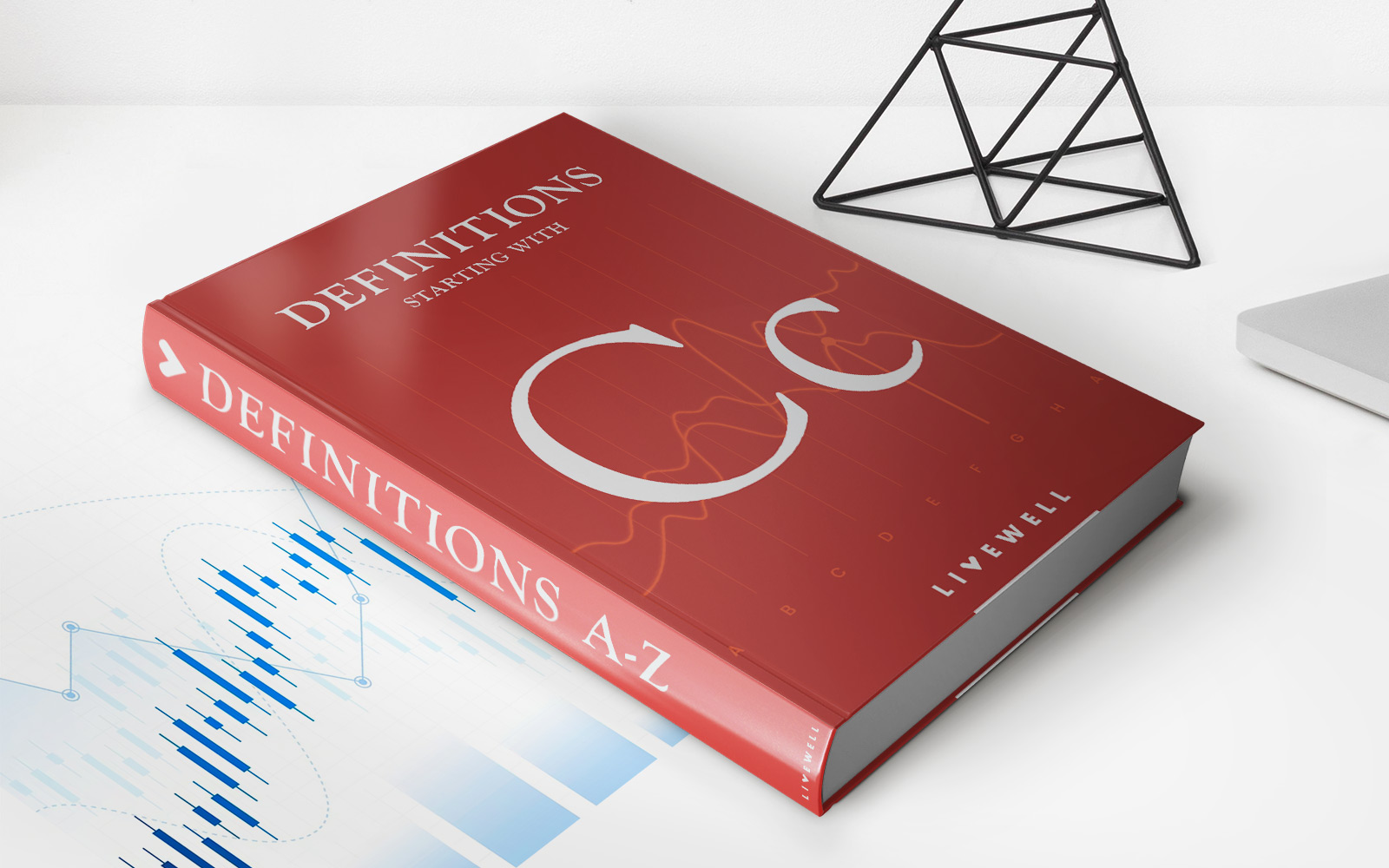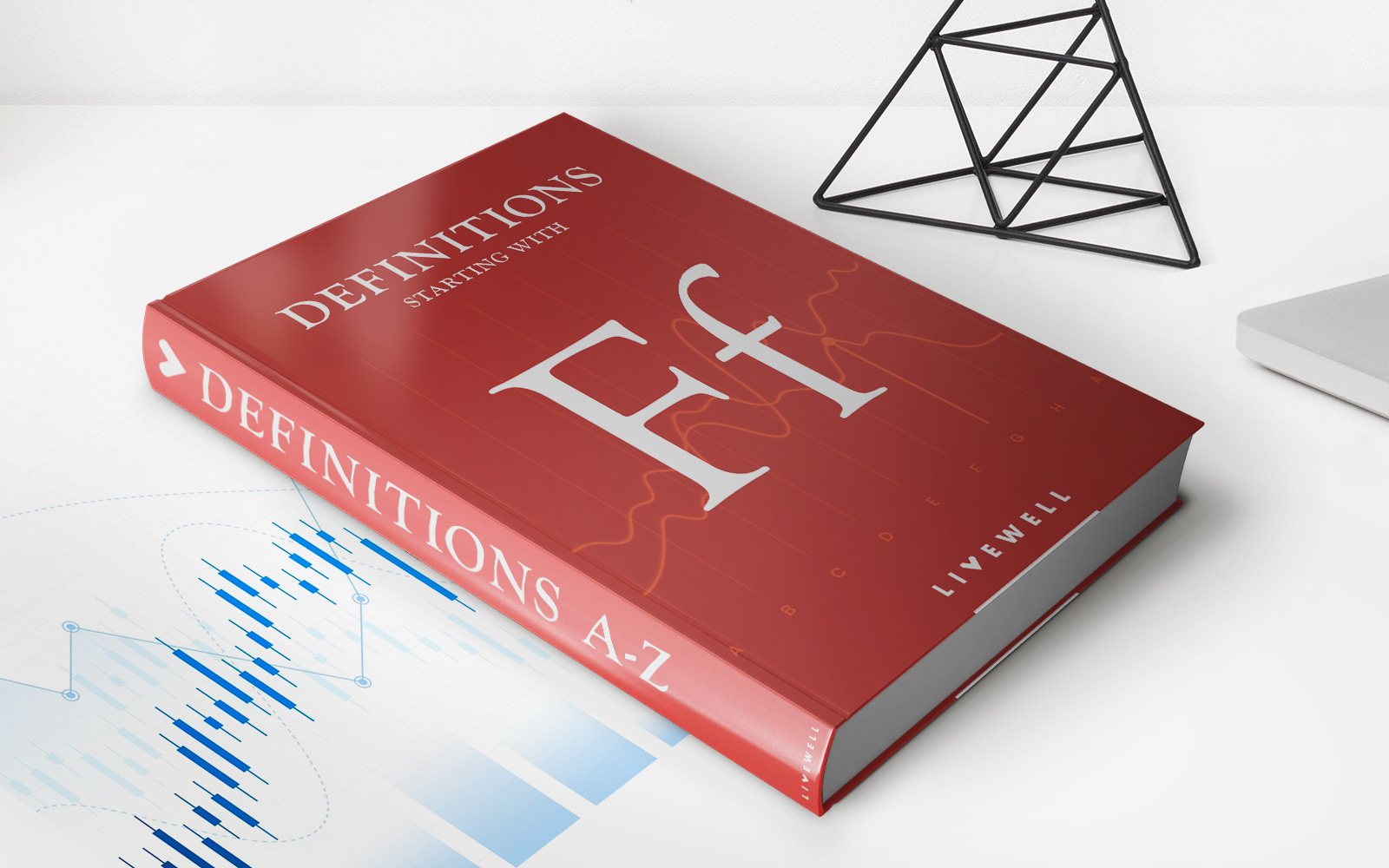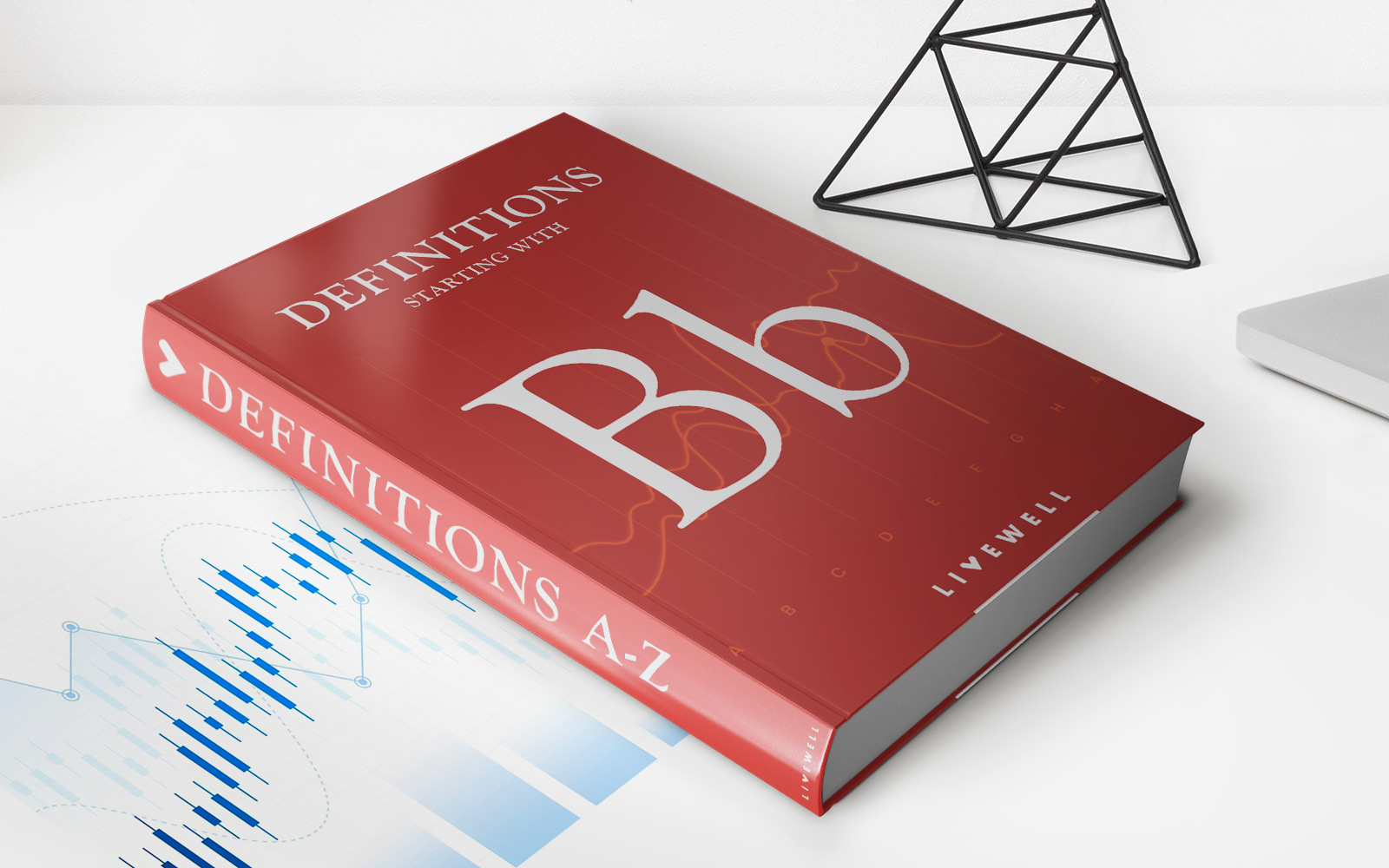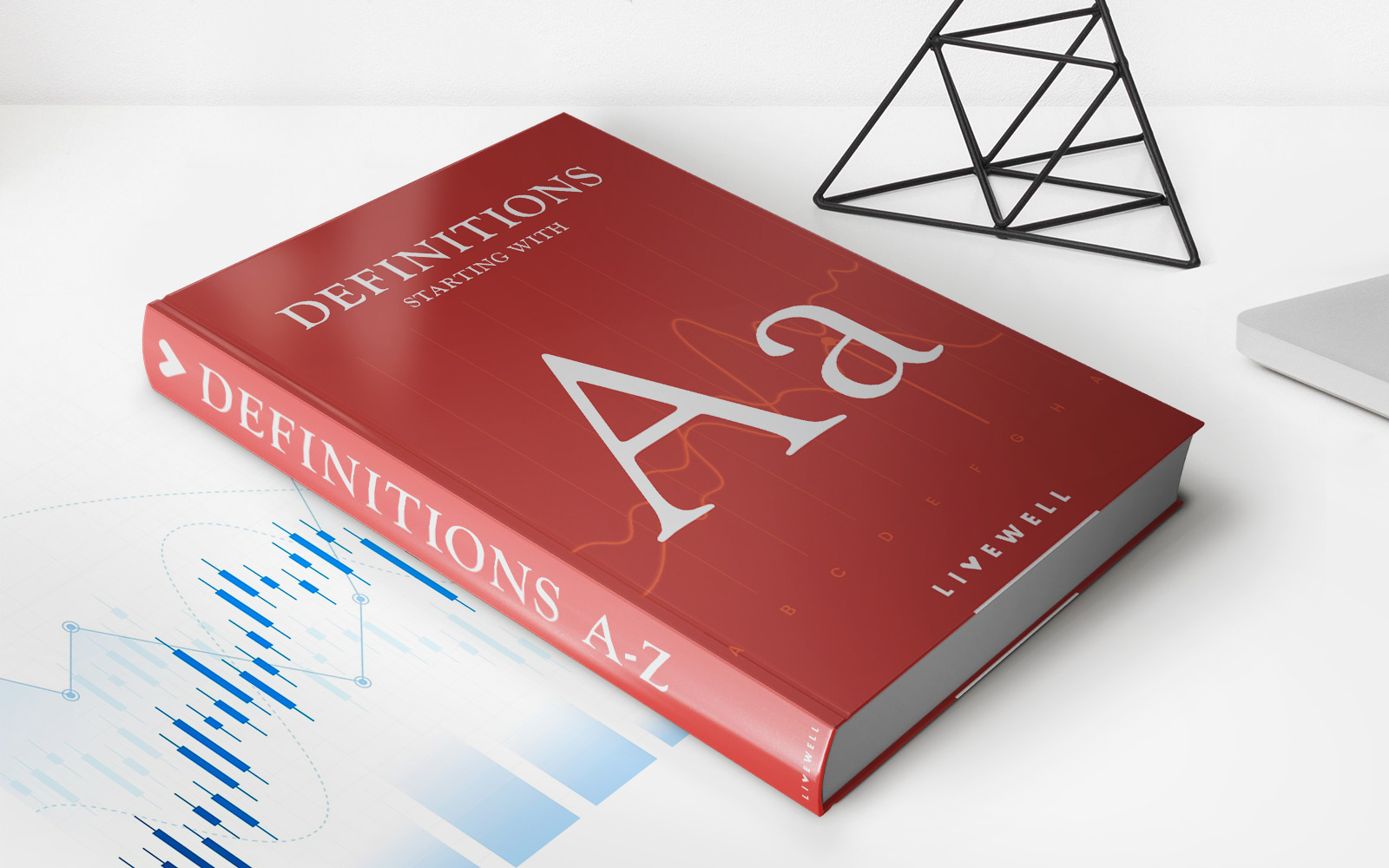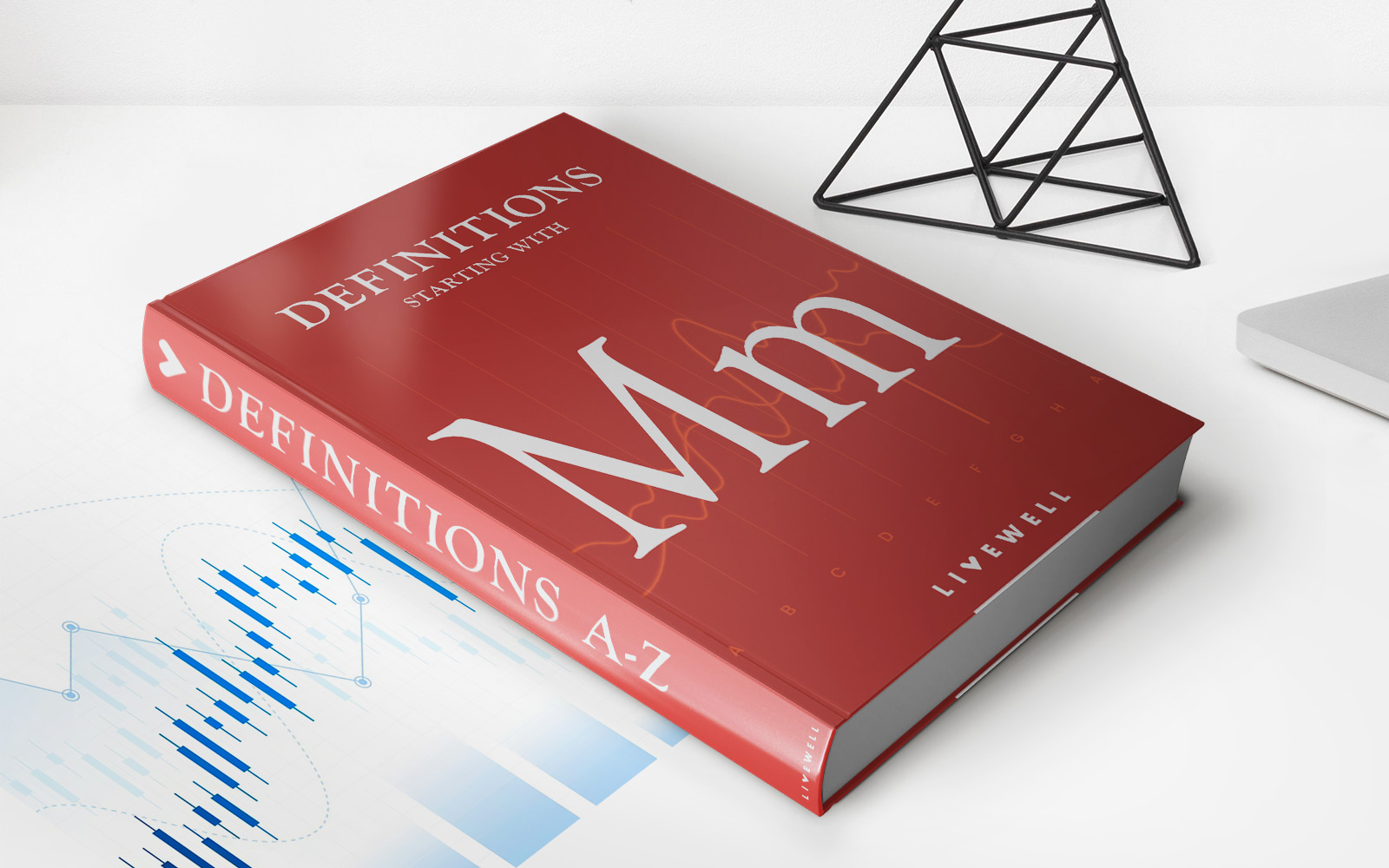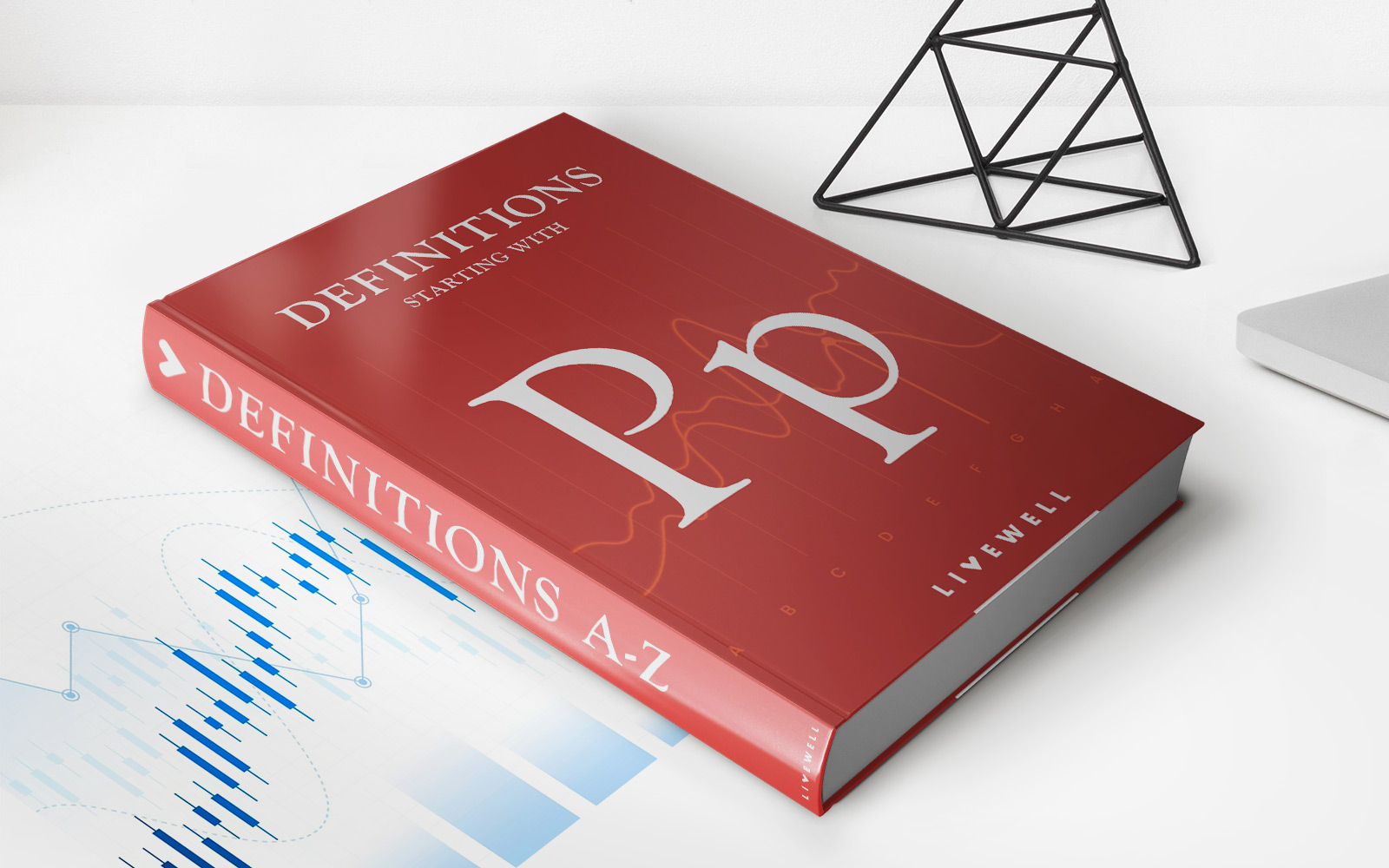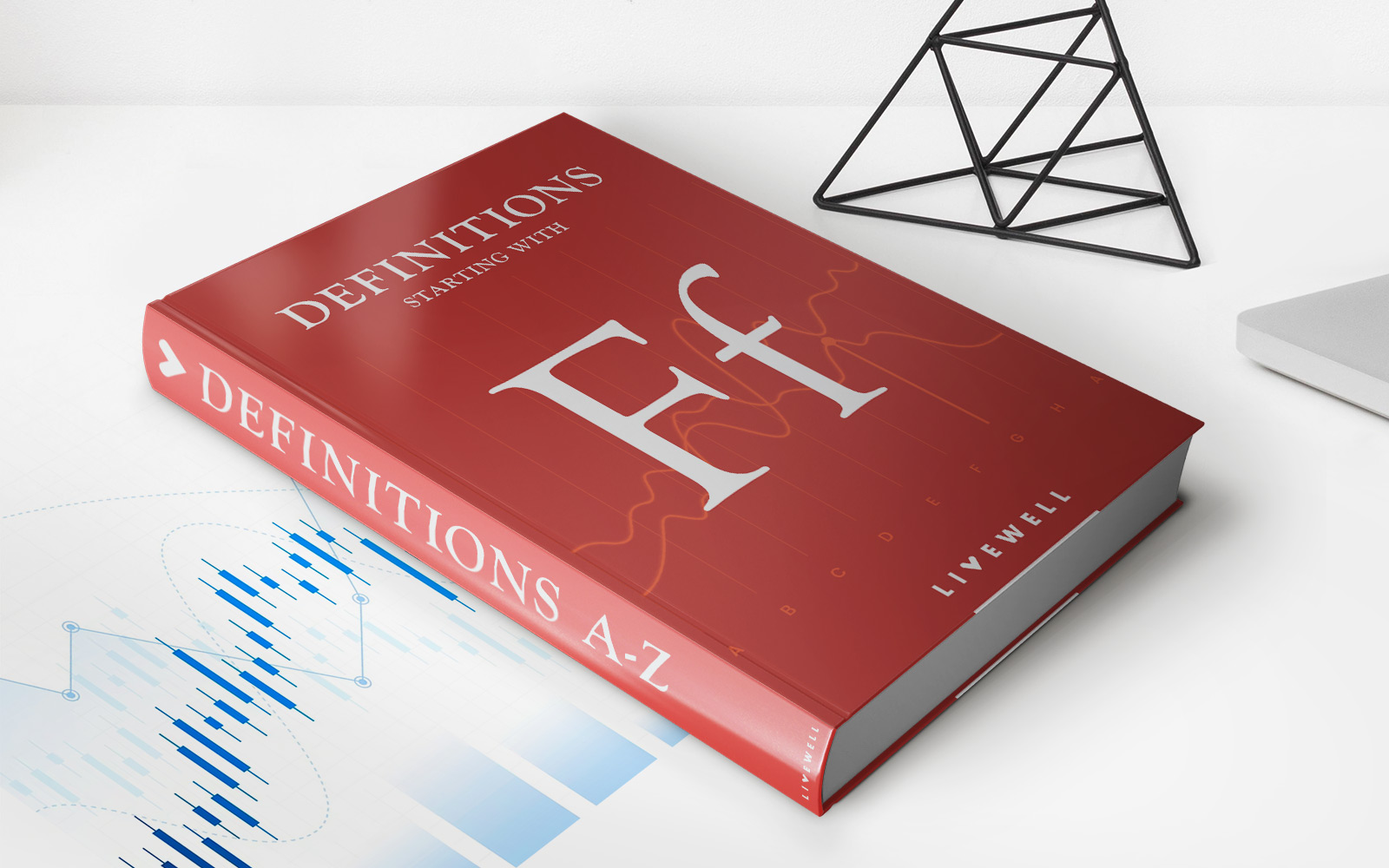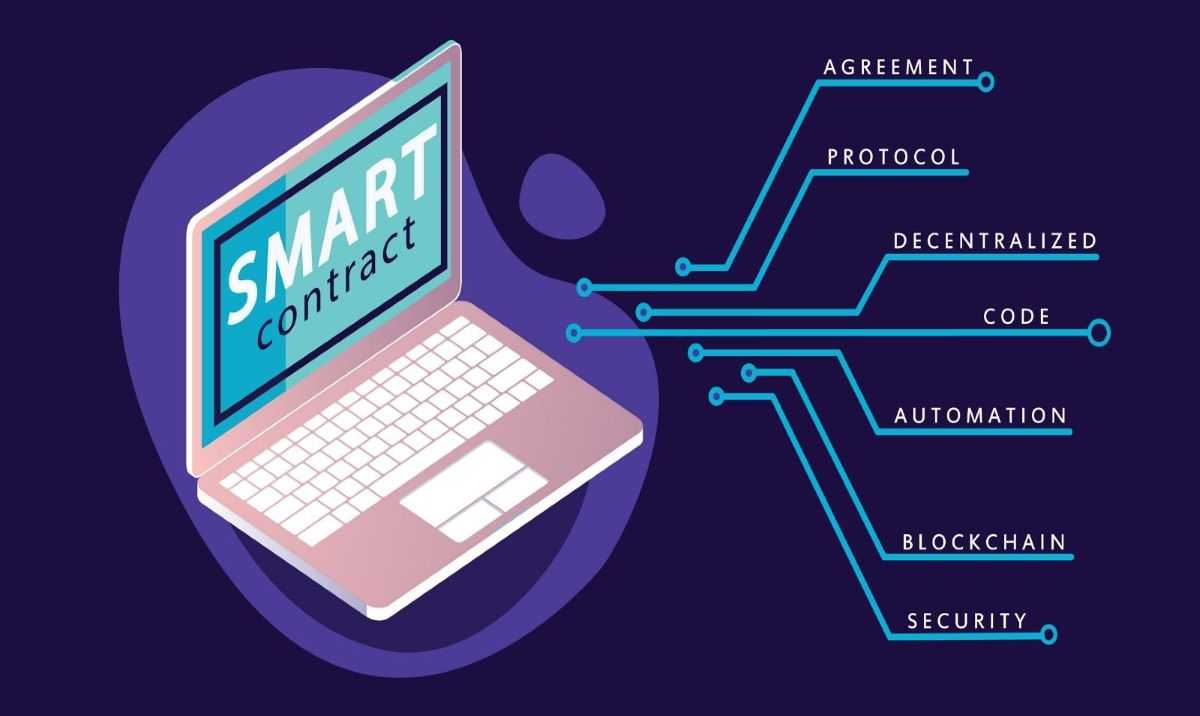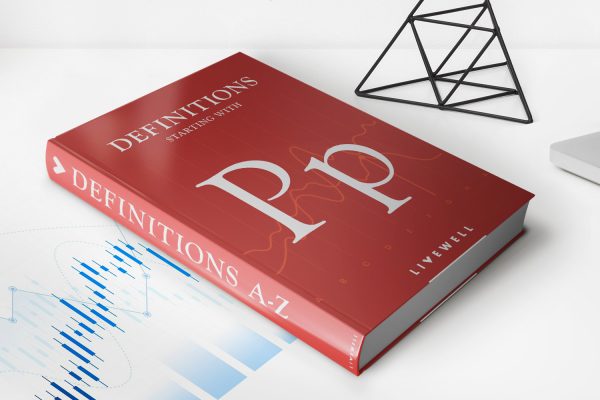Home>Finance>What Is Front Month? Definition, How It Works, And Example
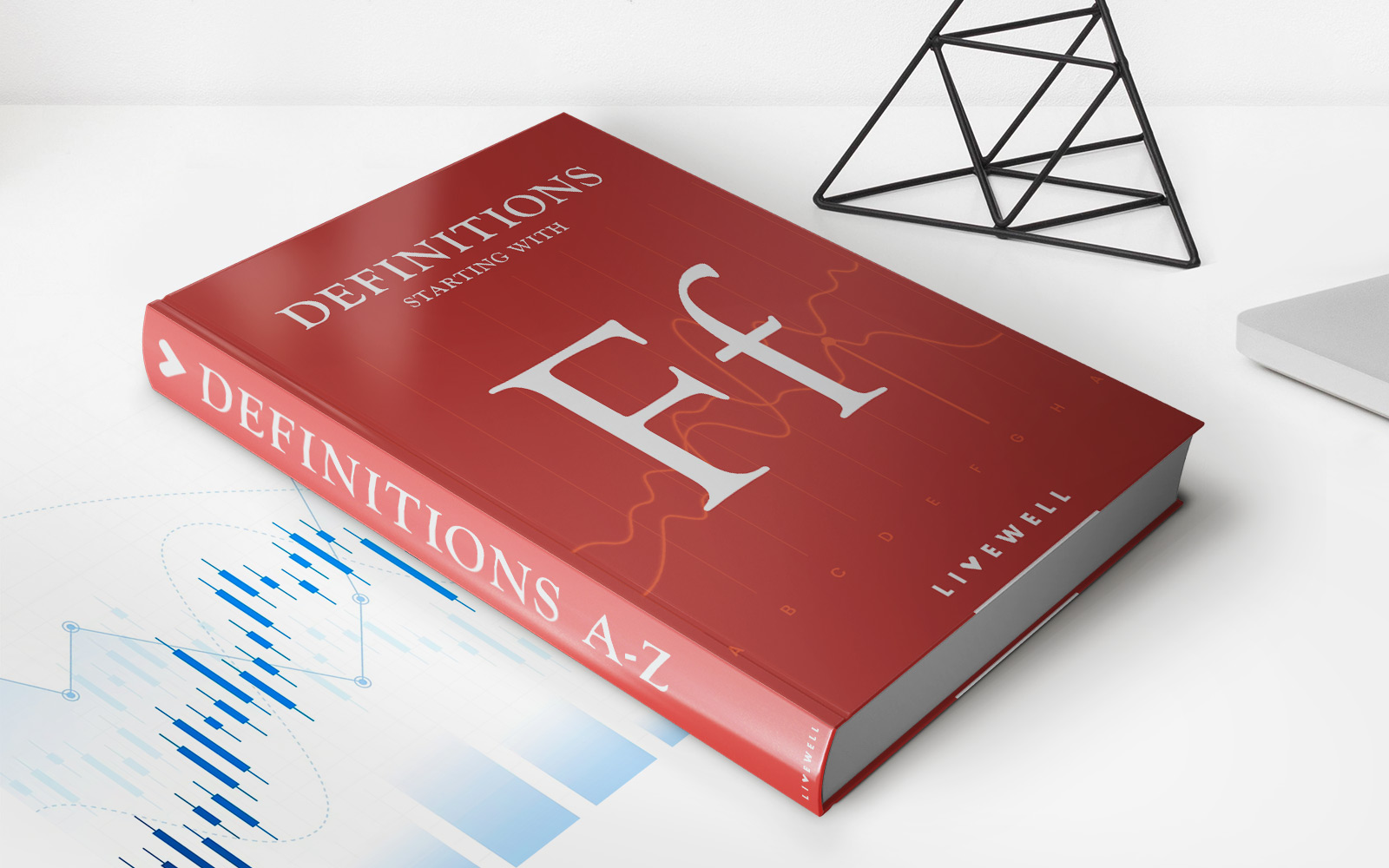

Finance
What Is Front Month? Definition, How It Works, And Example
Published: November 28, 2023
Learn the definition of front month, how it works in finance, and explore an example. Stay ahead in the world of finance with this comprehensive guide.
(Many of the links in this article redirect to a specific reviewed product. Your purchase of these products through affiliate links helps to generate commission for LiveWell, at no extra cost. Learn more)
Understanding Front Month in Finance
When it comes to the world of finance, there are various terms and concepts that may seem complex to the uninitiated. One such term is “Front Month.” But fret not! In this blog post, we will demystify Front Month by providing a clear definition, explaining how it works, and giving you a real-life example.
Key Takeaways
- Front Month refers to the nearest expiration month for a futures contract.
- It is the most actively traded and liquid contract, offering market participants the greatest liquidity.
What is Front Month?
In finance, Front Month refers to the nearest expiration month for a futures contract. A futures contract is a legally binding agreement to buy or sell an underlying asset at a predetermined price on a future date. These contracts are widely used for commodities, currencies, and financial instruments.
The Front Month is significant because it represents the most actively traded and liquid contract in the market. Traders and investors prefer to trade Front Month contracts due to their liquidity, as it allows for easy entry and exit from positions.
How Does Front Month Work?
Front Month works on a rolling month basis. As the current month nears its expiration, the next month becomes the new Front Month. This shift ensures that market participants always have a readily available contract for trading and hedging purposes.
Additionally, the Front Month contract acts as a benchmark for pricing other contracts with different expiration dates. The prices of these contracts are often influenced by the trading activity in the Front Month.
An Example of Front Month
Let’s say you are a trader interested in crude oil futures. The current month is October, and the December contract is the Front Month. You decide to take a long position on the December crude oil contract, speculating that the price will rise.
As the expiration of the October contract approaches, market participants start shifting their positions to the December contract. This increased activity in the Front Month may result in changes in oil prices and volatility.
By keeping an eye on the Front Month, you can effectively monitor market sentiment and take advantage of trading opportunities.
Conclusion
Front Month contracts play a vital role in the world of finance, ensuring liquidity and providing a benchmark for pricing other futures contracts. By understanding how Front Month works, traders and investors gain valuable insights into the market.
Whether you are just starting your financial journey or looking to expand your knowledge, it’s essential to familiarize yourself with key terms like Front Month. So, the next time you come across this term, you’ll be one step closer to becoming a finance whiz!

